Construction is constantly evolving. The materials you use directly impacts a building’s efficiency, sustainability, and aesthetic appeal. Your choice of roofing materials is critical to the success of your building project in Tennessee given the state’s climate and weather extremes. Among the options for metal roofing and siding Purlin Bearing Rib (PBR) panels are a frontrunner in modern construction due to their durability, versatility, and energy efficiency. Here we explore the strategic role PBR panels play in modern building projects and how they compare to traditional materials.
About PBR Panels
PBR panels are a type of metal panel known for their durability and versatility in both roofing and siding applications. Their unique design includes a purlin bearing leg that provides enhanced support and stability. As a result, PBR panels offer superior water resistance and structural integrity, which makes them an ideal choice for commercial, industrial, and agricultural projects throughout Tennessee and Kentucky.
Unlike other metal roofing panels, PBR Panels have a larger, more pronounced rib that provides an enhanced overlap between panels that helps to support the panel at its interlocking edge. This larger overlap improves strength and stability when the panels are attached to the structural supports or purlins.
Known for their durability, PBR panels are made from high-quality metal, which allows them to withstand harsh weather conditions, including heavy rain, snow, and wind. By providing more overlapped coverage, these panels decrease the potential for leaking, water damage, or loss of air. That feature makes them far more energy efficient than other materials with less coverage at the connecting points between panels.
The wider rib and greater overlap of PBR panels also provides greater stability, making them far more rigid and less susceptible to force from heavy winds or the weight of snow. This design also offers a relatively quick and straightforward installation process, which can help reduce construction time and costs.
The Difference Between PBR Panels and R Panels
PBR panels are typically confused with R panels. Even builders use the terms interchangeably. Both types of metal panels are used in building construction for roofing and siding, but they have distinct characteristics and design features that differentiate them.
Although they are similar in appearance and sometimes confused with each other, there are key differences to note. The most notable difference is in their design profile. PBR panels have a purlin bearing leg that allows for greater support at the panel overlap, which is designed to provide a more secure and watertight installation when fastened to the building’s structure. R panels, while also ribbed, typically do not have this purlin bearing leg.
Both PBR and R panels can be used for roofing and siding, but the PBR’s design offers enhanced performance in terms of strength and water resistance, making it more suitable for a wider range of climates and building types. This is especially applicable in commercial and industrial settings. The purlin bearing leg on PBR panels provides an additional layer of protection against water infiltration at the seams, which can be particularly beneficial for roofing applications for structures that house valuable materials that require tighter climate and humidity controls.
Advantages of PBR Panels Over Traditional Materials
Durability and Longevity
Metal roofing, particularly PBR panels, is renowned for its longevity, often lasting 40-70 years compared to the 15-20 years lifespan of traditional asphalt shingles. This durability is crucial in Tennessee’s weather, which can see everything from intense sun to heavy snowfall. PBR panels resist corrosion, withstand high winds, and are impervious to pests and fire, making them a long-term investment for any building project.
Energy Efficiency
PBR panels reflect solar radiant heat, reducing cooling costs in the summer and contributing to energy efficiency. Since temperatures in Tennessee and Kentucky can soar in the summer months, this radiant barrier makes PBR panels a better choice.
Aesthetic Flexibility
One of the most appealing aspects of PBR panels is their aesthetic versatility. Watson Metals offers these panels in a variety of colors and finishes, allowing for a high degree of customization to fit any architectural style or preference. Unlike traditional materials that may have limited design options, PBR panels can complement any building design, from modern industrial to traditional farmhouse.
Choosing PBR Panels for Your Project
Watson Metals offers expert advice, quality materials, and guidance for your building project. Whether you’re constructing a commercial warehouse, an industrial facility, or an agricultural building, PBR panels offer a combination of durability, energy efficiency, and aesthetic appeal that traditional materials cannot match. Our PBR panels are designed to meet the specific needs of construction projects in Tennessee and Kentucky, providing a reliable, efficient, and attractive solution for roofing and siding. Contact us today to learn how we can supply PBR panels for your next building project.

